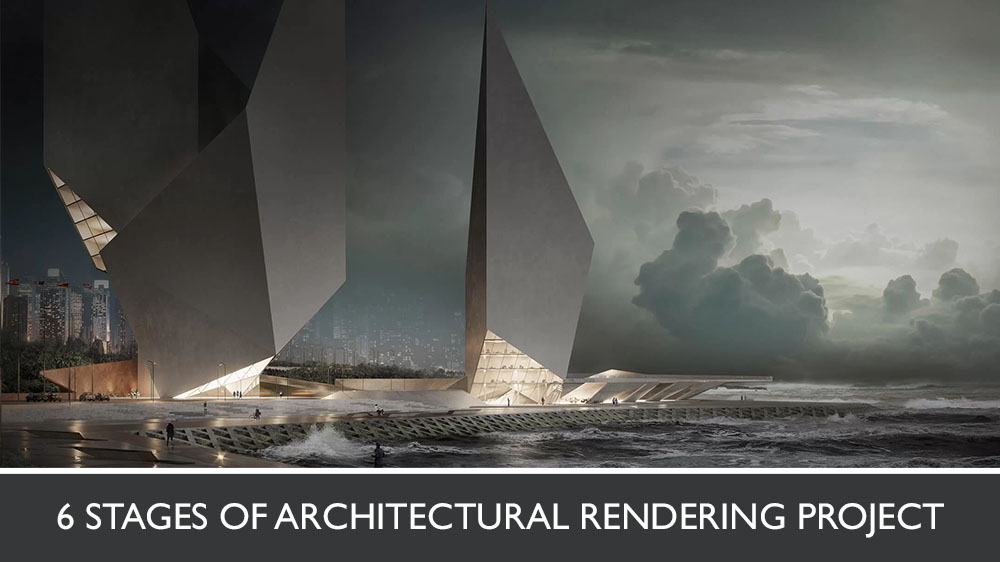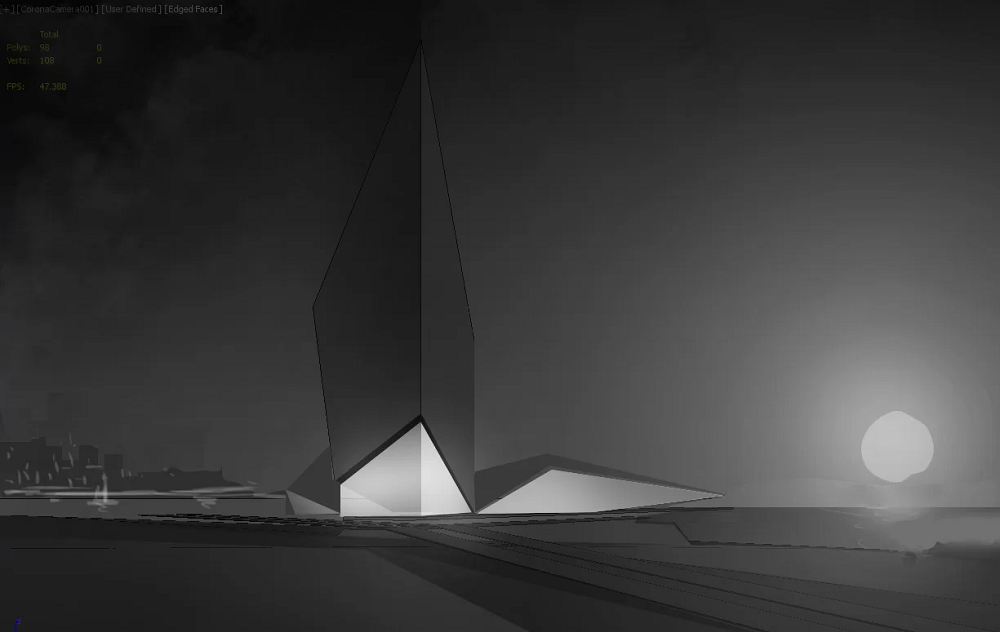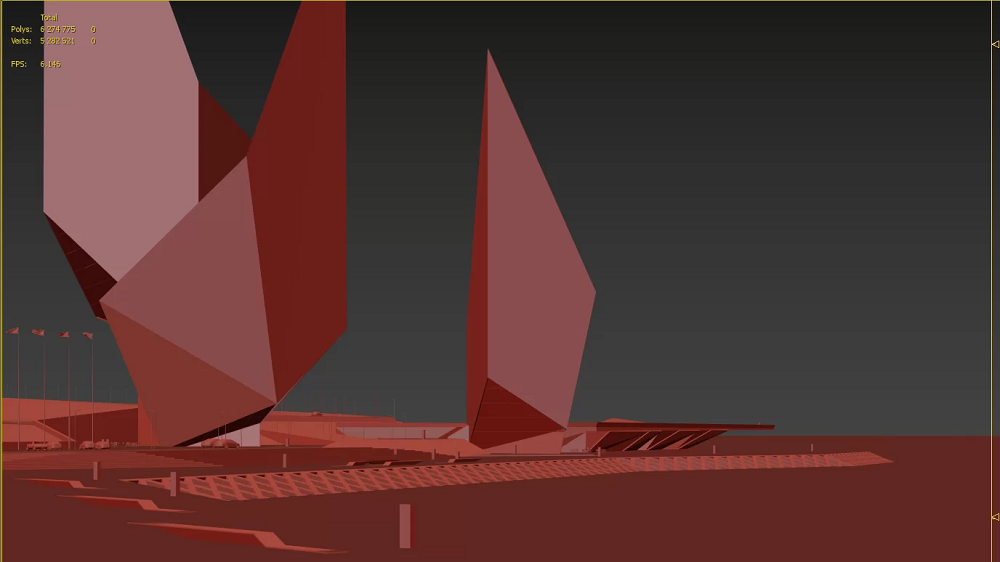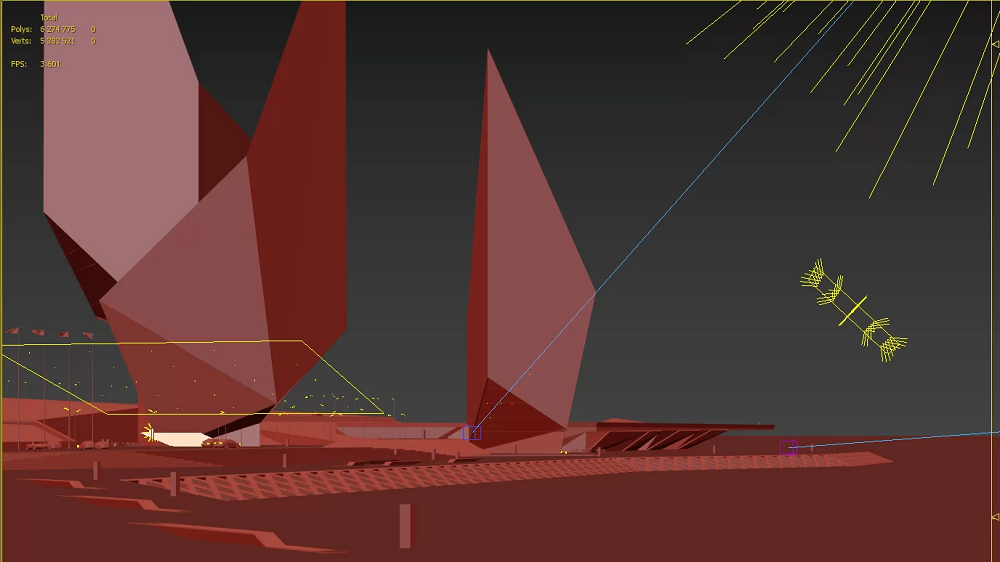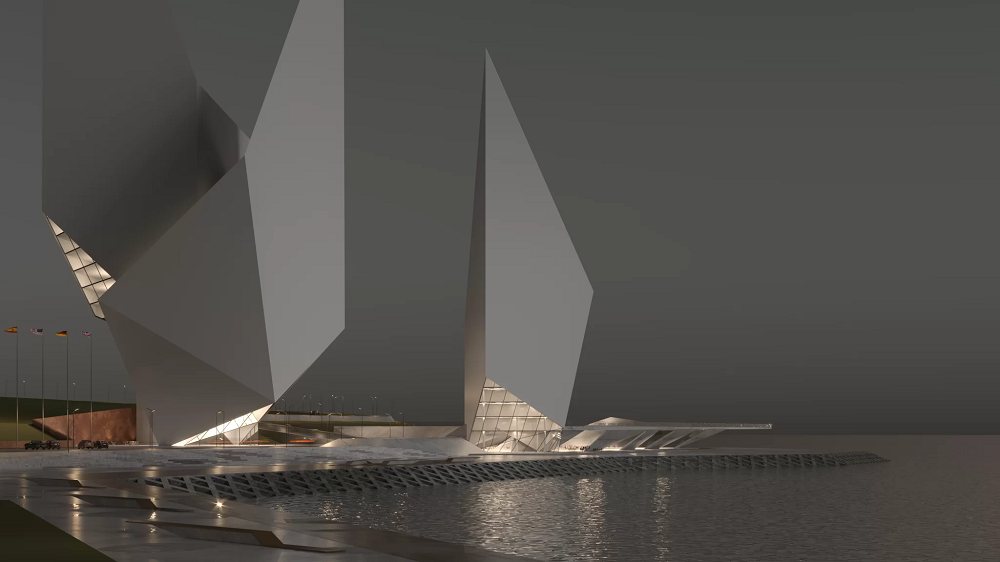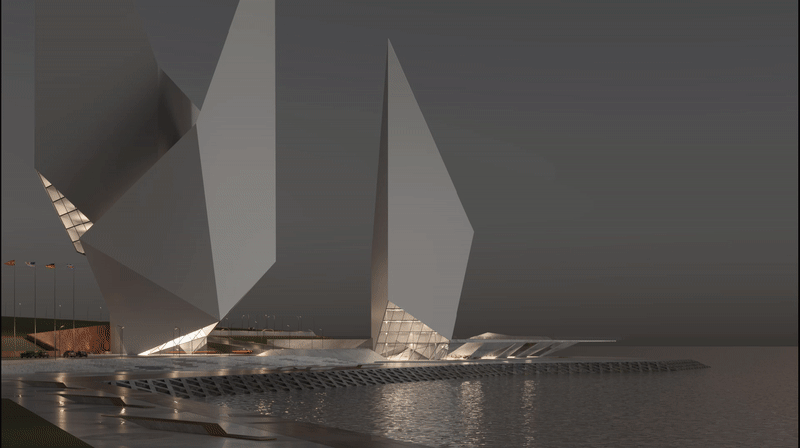Welcome to the transformative world of architectural CGI where ideas turn into digital reality. As technology progresses, 3D rendering continues to redefine the way we visualize and interpret architectural projects. A crucial part of this process is understanding the 3D rendering stages. Whether you are an architect, interior designer, or real estate developer, knowing these stages can give you a strategic edge. It will enable you to manage expectations and ensure your project vision is well-articulated. This not only streamlines the workflow but also helps produce accurate, aesthetically pleasing results.
So, let’s explore the stages your project undergoes at our 3D architectural animation company!
#1. Project Briefing
The project briefing is the pivotal first step in 3D rendering for architects. Here, we gather essential details to understand your vision and requirements. We discuss architectural plans and sketches that show the model’s layout and dimensions. Your material and texture preferences guide us in capturing visual aesthetics. Information about desired lighting conditions and any reference images help to establish the mood and style of the final render. All these components come together in the briefing to provide a solid foundation for the next 3D rendering stages.
#2. 3D Modeling
Once we’ve understood your vision, we move on to the 3D modeling stage. This step involves developing a virtual 3D model of your design. Our team leverages top-notch software tools to craft detailed and accurate models. From the general structure to specific elements like doors, windows, and even decor, this stage brings your design into the third dimension. 3D modeling acts as the backbone for all future steps, making it a fundamental part of the 3D rendering stages.
#3. Setting the Lighting
The third of the 3D visualization stages is setting the lighting in the scene. Lighting plays a critical role in creating realistic and atmospheric CGI. It can significantly influence the perception of space and depth, ultimately shaping the viewer’s impression of the final render. By adjusting the intensity, direction, and color of the light, we can create various moods and aesthetics, from sunny summer afternoons to moody winter evenings.
#4. Applying Textures and Materials
After we’ve lit your 3D scene, we add another layer of realism by applying textures and materials. This is one of the most important stages for creating believable images. Imagine seeing a house with plain white walls, dull glass, or lifeless wooden elements – that doesn’t quite hit the mark, does it? Our team applies various textures and materials, such as wood, glass, or concrete, to add depth and authenticity to the 3D model.
#5. Selecting Camera Views and Rendering
The next stage involves selecting camera views and rendering the images. Here, we together decide which angles best showcase your design and then render the final 3D visuals. This process is compute-intensive and can take a few hours or sometimes even days depending on the project’s complexity. However, the wait is worth it, as this stage transforms your 3D model into a highly realistic image or animation.
#6. Post-production
Finally, we arrive at the post-production stage. This is where we fine-tune the rendered images, adjust colors, contrast, and brightness, add effects, and ensure every detail is perfect. Post-production helps in bringing out the best in your design, ensuring that the outcome is not just a 3D render, but a piece of digital art that speaks volumes about your vision.
To summarize, 3D rendering stages encompass several intricate steps. Starting with completing a brief, we embark on a journey that involves 3D modeling, setting the lighting, applying textures and materials, rendering from carefully selected camera views, and concluding with a touch of post-production magic.
Are you ready to see your vision take shape? Our 3D animation company is eager to accompany you on this journey. Reach out to us and experience first-hand how our team brings your ideas to life through these 3D rendering stages. Let’s visualize your next architectural masterpiece together!

